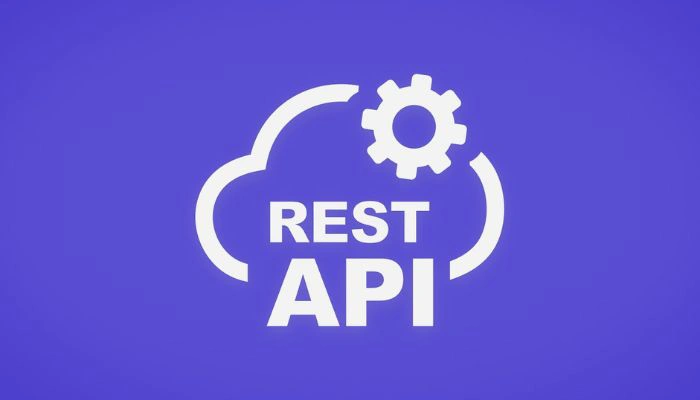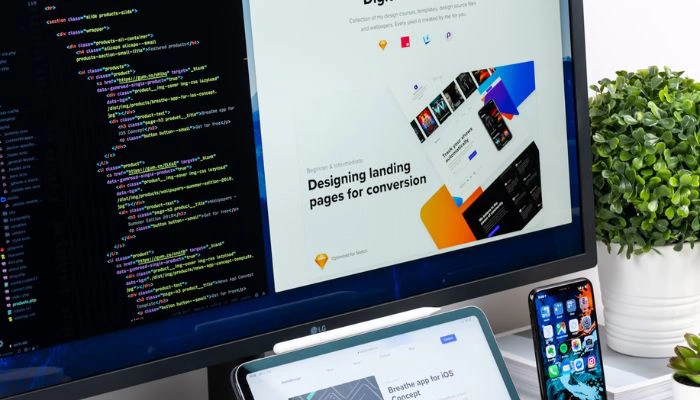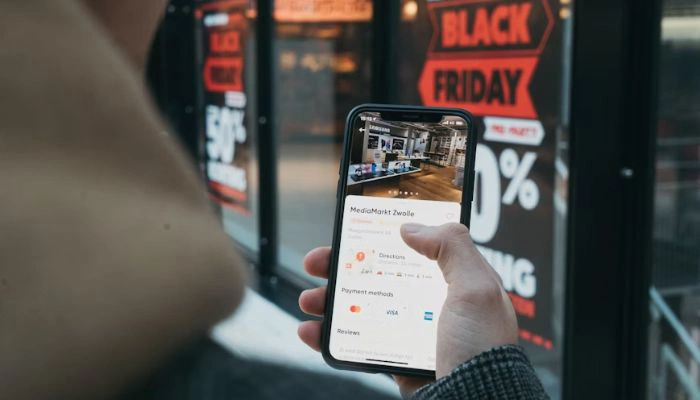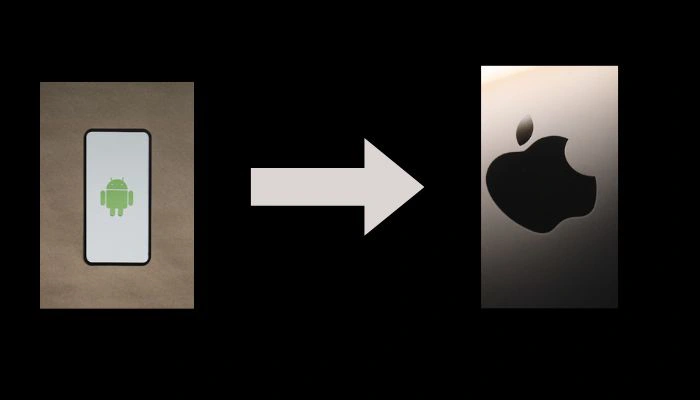Protecting Your App Startup Idea: A Comprehensive Guide for Founders
The digital landscape is a hotbed of innovation, and for every successful app that dominates the market, countless others are waiting in the wings. You've poured your creativity, time, and maybe even a significant amount of capital into developing a brilliant app idea. It’s the next big thing—you can feel it. But as you prepare to share your vision with developers, investors, and potential co-founders, a chilling question arises: how do you stop someone from stealing it? The fear of a competitor launching a similar app and beating you to the punch is a legitimate concern that can paralyze even the most ambitious entrepreneur.
This is a critical moment for any app founder. Your app idea is more than just a concept; it's a valuable piece of intellectual property (IP). Without the right protections in place, you risk losing not only your idea but also the potential for future revenue and market share. The good news is that there are concrete, actionable steps you can take to safeguard your creation. From legal contracts to strategic business decisions, a multi-faceted approach is essential for securing your app's future. By understanding the various methods of intellectual property protection, you can build a robust defense around your invention, giving you the confidence to move forward and bring your dream to life.
This comprehensive guide will walk you through everything you need to know about protecting your app startup idea. We’ll delve into the legal frameworks, practical strategies, and best practices that form the foundation of a solid protection plan. From NDAs to trademarks, we'll break down the jargon and provide clear, actionable advice. Read on to learn how to secure your app's future and turn your brilliant concept into a protected, thriving business.
Why Protecting Your App Startup Idea is Non-Negotiable
Before we dive into the "how," let's first understand the "why." Many first-time entrepreneurs mistakenly believe that an idea alone cannot be protected. While it's true that a raw, unexpressed idea is difficult to safeguard, the moment you begin to document, design, and code, you are creating tangible assets that are highly susceptible to theft. Ignoring this reality can lead to catastrophic consequences.
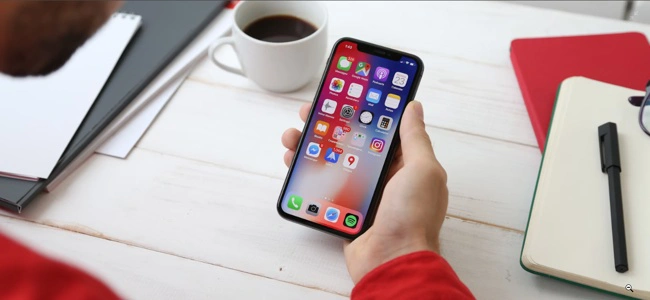
The risks of not protecting your app idea are significant and far-reaching. Imagine spending months perfecting your user experience, only to have a potential investor take your concept and give it to a more established company. Or what if a freelance developer you hired decides to build a copycat app on the side and launches it before you? These aren't just hypothetical scenarios; they are the unfortunate reality for many unprotected startups. Without legal safeguards, you have little to no recourse. You can lose your competitive advantage, face a battle for brand recognition, and watch your hard work benefit someone else. Furthermore, a lack of protection can make it difficult to attract serious investors who require a clear and secure intellectual property portfolio.
To mitigate these risks, you must be proactive. The process of protecting your app startup idea is an integral part of building a successful business. It's not a step you take after you've launched; it's a foundational element of your business plan that you should address from day one.
The Legal Framework: Patents, Copyrights, and Trademarks
The first line of defense for your app idea is the legal system. Understanding the different types of intellectual property protection is crucial for building a comprehensive strategy. While they all serve to protect your creations, each one covers a distinct aspect of your app.
1. Patents
A patent is a powerful tool that grants you the exclusive right to a novel, non-obvious, and useful invention for a limited time. For an app, this typically applies to a unique process, system, or technical method that the app performs. It's important to note that patents are not for the idea itself, but for the tangible, functional innovation behind it. Obtaining a patent is a complex and often costly process, but it provides the strongest form of protection against a competitor creating a similar functional app. A provisional patent application is a great first step, as it establishes an early filing date and gives you a year to file a full patent.
2. Copyrights
Unlike patents, a copyright protects the original expression of an idea, not the idea itself. In the context of an app, a copyright automatically covers the source code, the user interface (UI) design, graphics, music, and any other creative content you've produced. As soon as you write the code or design an element, it is technically copyrighted. However, formal registration with a copyright office provides a public record of ownership and is a prerequisite for filing an infringement lawsuit. Copyright is a more accessible and cost-effective form of protection that is essential for every app startup.
3. Trademarks
A trademark protects your app's brand identity. This includes the app's name, logo, tagline, and any other distinctive mark that identifies your product or service in the marketplace. Registering a trademark prevents competitors from using a name or logo that is confusingly similar to yours. This is crucial for building brand recognition and ensuring that users can easily find your app without being misled by imitations. A trademark is your app's unique fingerprint, protecting its identity and reputation.
To illustrate the differences, consider a hypothetical fitness app. You might patent the unique algorithm that provides personalized workout plans, copyright the app's source code and unique visual design, and trademark the app's name, "FitFusion," and its distinctive flame logo.
| IP Type | What it Protects | When to Use It |
| Patent | A novel and non-obvious functional invention or process. | When your app features a unique, technical innovation or system. |
| Copyright | The original expression of an idea, such as code, design, and content. | As soon as you begin creating the code, UI, and graphics. |
| Trademark | Your app's brand identity, including its name, logo, and tagline. | To protect your brand from being used by competitors. |
Practical Steps to Safeguard Your Idea

Legal protections are the backbone of your strategy, but they must be complemented by practical, day-to-day actions. A solid defense is built on more than just legal documents; it's a combination of smart business practices and an ingrained culture of confidentiality.
1. Non-Disclosure Agreements (NDAs)
An NDA is a legally binding contract that establishes a confidential relationship between you and another party. Before you share any detailed information about your app with developers, potential partners, or investors, have them sign a well-drafted NDA. This document prevents them from disclosing your confidential information to others and from using it for their own benefit. It is an indispensable tool for protecting your app startup idea during the critical early stages of development and fundraising. Be sure to work with a legal professional to draft a robust NDA that clearly defines what constitutes "confidential information" and the penalties for breaching the agreement.
2. Thorough Documentation and Record-Keeping
Maintain a meticulous record of every aspect of your app's development. This includes:
- Detailed descriptions and wireframes of your app’s features.
- Prototypes and design mockups.
- Dated logs of your code development.
- Correspondence with developers, designers, and other collaborators.
This "paper trail" is your evidence of creation and ownership. In the event of a dispute, these records can be invaluable in proving that you were the first to create and develop a particular aspect of your app. Consider using a trusted timestamp service or a notary to create a legal record of key milestones.
3. Strategic Hiring and Partnership Agreements
The people you bring on board are your greatest asset, but they can also pose the biggest risk if not properly managed. When hiring freelancers or development tools, the contracts you sign are paramount. Ensure that all agreements include a clause that assigns all intellectual property rights to you, the founder, upon completion of the work. Without this, the developer who wrote the code could legally claim ownership. Similarly, for co-founders and early employees, a comprehensive Founders' Agreement is essential. This document should clearly outline intellectual property ownership, equity distribution, and the roles and responsibilities of each individual.
Building a Defensive Moat: Beyond Legal Documents

While legal contracts are powerful, a truly effective protection strategy goes a step further. It involves building a "defensive moat" around your app that makes it difficult for others to replicate. This involves:
- Provisional Patents: As mentioned earlier, a provisional patent application is a low-cost, low-hassle way to establish an early priority date for a patent. This buys you a year to continue developing your app and raising funds, all while knowing that you have a "patent pending" status that deters competitors.
- Branding and Market Presence: A strong, recognizable brand is a powerful deterrent. By building a loyal user base and a clear brand identity, you make it much harder for a competitor to steal your market share. Use trademarks to protect your brand elements and be proactive about building your presence through marketing and community engagement.
- Incorporation: Forming a legal entity, such as an LLC or a C-Corp, is a crucial step. This separates your personal assets from your business and provides a legal entity to own all the intellectual property. It’s a foundational step that should be taken early in your startup journey.
Here are a few additional tips to help you build your defensive moat:
- Outsource with Caution: When you need to hire external help, vet candidates carefully. Look for development companies with strong reputations and a track record of working with startups. Always sign a detailed contract before any work begins.
- Segment Your Information: When presenting your idea to different people, only share the information they absolutely need to know. For example, a designer doesn’t need to see the core algorithm, and a potential investor doesn't need to see every line of code.
- Prioritize Your Launch: Speed to market is a form of protection. The first app to solve a problem effectively often captures the lion's share of the market. While rushing is never advisable, a well-executed, timely launch can be a powerful defense.
Conclusion
Your app idea is your most valuable asset. The journey from a great concept to a successful app is filled with challenges, and the risk of intellectual property theft is one of the most serious. By taking a proactive approach to protecting your app startup idea, you are not just safeguarding a single concept; you are laying the groundwork for a sustainable, successful business. From the legal safeguards of patents, copyrights, and trademarks to the practical strategies of NDAs and meticulous documentation, every step you take builds a stronger foundation. Don't let the fear of theft hold you back. Empower yourself with knowledge and a clear plan of action.
Don't leave your app's future to chance. Get professional legal assistance and app development today to create a robust protection strategy that secures your intellectual property and gives you the confidence to innovate without fear.


